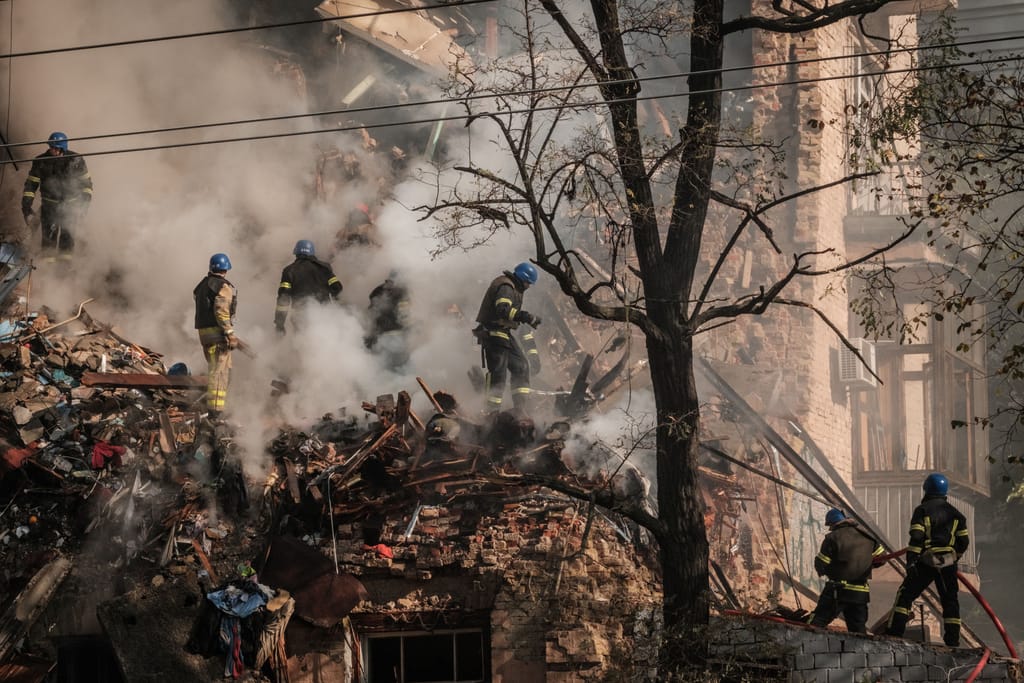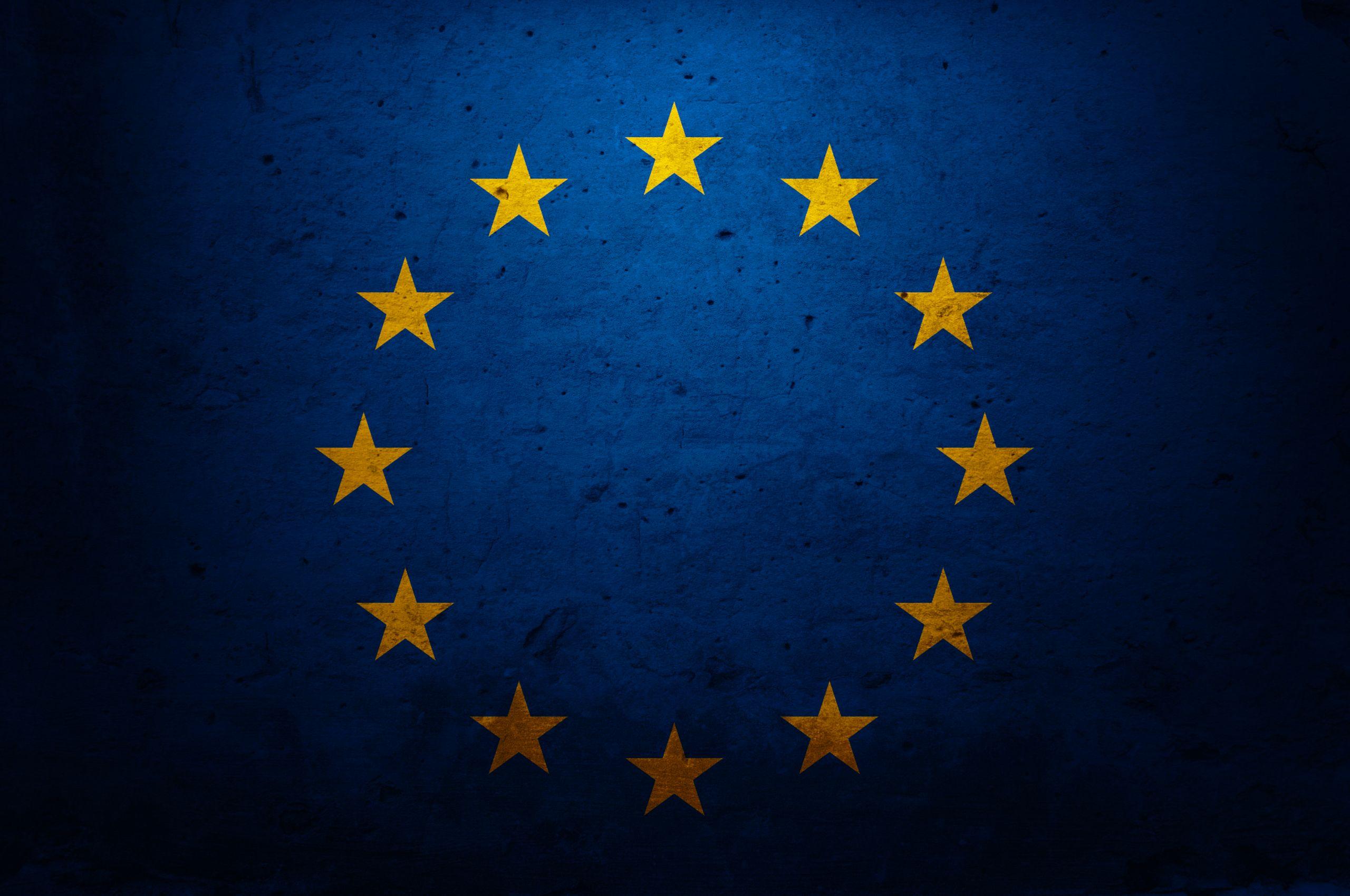Johan Van Overtveldt is chair of the Committee on Budgets. Monika Hohlmeier is chair of the Committee on Budgetary Control.
When money gets tight in Europe, the European Commission and member countries resort to budgetary instruments outside of the regular European Union budget. This became abundantly clear first during the pandemic, then again with Russia’s invasion of and the bloc’s subsequent support for Ukraine, events which have created massive short- and longer-term financing needs.
Since Russia’s invasion began, the EU has provided €2.2 billion to Ukraine in the form of Macro-Financial Assistance (MFA). And in October, the Commission will borrow a further €5 billion in MFA long-term loans to lend to Ukraine. This allows the war-torn country to benefit from Europe’s AAA credit rating.
Such European borrowing operations are becoming increasingly exemplary of the bloc’s response to unforeseen crises. We already used this kind of financing for the pandemic-related Recovery and Resilience Facility (RRF), as member countries distributed money among themselves, while trying to exclude the European Parliament from scrutinizing the spending as much as possible.
The risks threatening the success of this kind of borrowing operation are, however, very real.
In the case of the Ukrainian MFA, we see two potential risks: First, there is the risk of default.
There is no crystal ball to predict the further course of the war. As it stands today, there is still no clear end to Russia’s invasion of Ukraine, and the future ability of the country to repay its long-term loans is uncertain — though one can only hope that in every possible scenario, these debts will be repaid.
In case of default, however, the EU budget provides a “first-loss protection” of 9 percent for investors, reinforced with a member country guarantee of 61 percent, as a “second layer of protection.” But, to be frank, there isn’t enough room in the current EU long-term budget — also known as the Multiannual Financial Framework — to solve this problem, if Ukraine isn’t able to repay and member countries refuse to step in. In such a case, massive cuts to existing EU programs would be unavoidable.
The second risk relates to fraud and misuse of money.
Despite our justified solidarity with the Ukrainian people and our support for the sovereignty of their country, we shouldn’t forget that before the war, corruption was endemic in Ukraine. In 2021, the country ranked 122th on the Corruption Perceptions Index, between countries like Gabon and Zambia — a problem that European institutions are well aware of. A September 2021 report by the European Court of Auditors even stated that “grand corruption was still a key problem in Ukraine,” despite the EU’s repeated efforts to improve rule of law.
Of course, it’s next to impossible to check every euro that will be spent, but this MFA support doesn’t foresee a strong oversight of the transferred money at all. Without proper budgetary control supported by democratic checks and balances, these European loans could easily fall into the wrong hands. And if major fraudulent schemes were to come to the surface in Ukraine, the public backlash would likely be ferocious.
Giving financial support to Ukraine is a clear necessity, but the money must be spent to achieve its intended goals, and it must reach most of the population.
Potentially even more dangerous than risks associated with the Ukrainian MFA, however, is the lack of information regarding where the money from the RRF is going. While reform and investment plans with agreed targets and milestones suggest a certain level of reliability, the Parliament isn’t able to scrutinize this information.
Until now, the information provided by the Commission and member countries has not only been very basic, it doesn’t enable the Parliament to trace back the financial flows either, even though the regulation explicitly foresees the transfer of concrete information on RRF spending under discharge.
It’s essential that member countries provide lists of the measures financed with these funds to both the Commission and the Parliament. European taxpayers expect the Parliament to insist on scrutiny to ensure the €750 billion are being spent in accordance with legislation, and assure citizens that the COVID-19 recovery fund was the right decision to show solidarity across the bloc.
As the chairs of the two budgetary committees within the Parliament, we want to stress that these current off-budget crises solutions contribute further to an already complex budgetary galaxy and entail great financial risks. But more importantly, these “creative’” solutions undermine the Union’s legitimacy and parliamentary accountability.
Both with the RRF regulation and the MFA support for Ukraine, there is no guaranteed sound financial management, as the main EU budgetary control structures are largely absent. However, if we want the EU to be a strong union, and not risk losing the support of a large majority of its citizens, we need to put all European expenditure under parliamentary scrutiny and control.
Otherwise, we face major risk of fraud and corruption.




